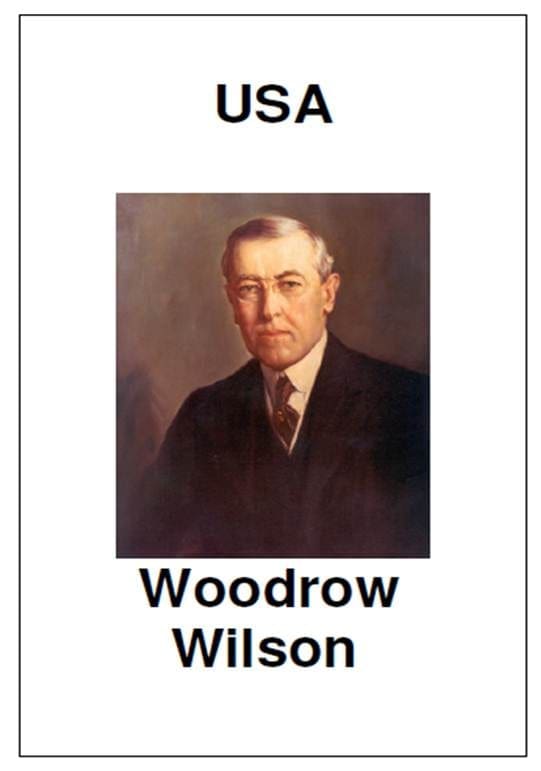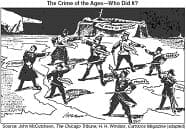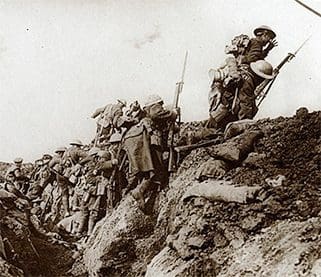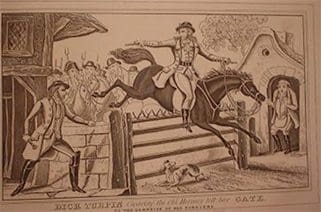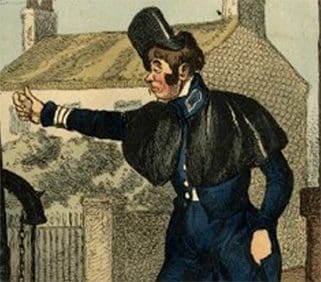
This lesson draws on, and extends, an idea developed by Ian Dawson at Trinity and All Saints College. Students work in groups to post punishment cards in the right period, with able students acting as gate keepers. Working against the clock gives the lesson a competitive edge and makes it fun. Setting a homework on the topic in advance means that students should come well-prepared. The follow-up work is more demanding and asks students to create a sophisticated overview showing change and continuity, duration and interval.
Learning objectives
- students can accurately place punishments in appropriate time periods
- they can see areas of continuity
- they can present changes and continuities graphically
- they can grasp, and then apply, the concepts of duration and interval
Step 1
Start by placing 3 desks at the front of the class, arranged in period order, from Ancient, Dark Ages, Medieval, early Modern, Industrial, 20 century, with


